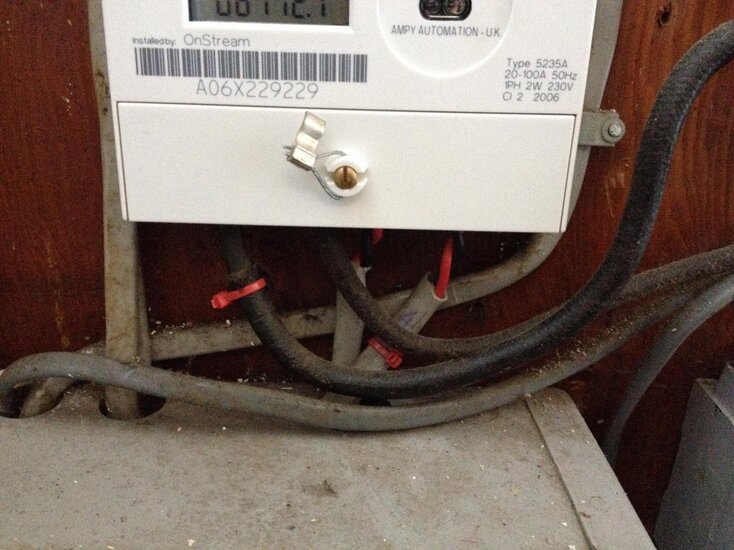N
NickD
Got a domestic install with client requesting CU upgrade. Tails are 16mm, EC 10mm, and buried in structure between meter and fusebox. Rating of DNO cutout fuse not known. Ordinarily I would upgrade the tails & EC to 25/16 as a matter of course (domestic load includes an outdoor hot tub as well as the usual sockets/cooker/immersion type stuff, don't recall if electric shower present) but routing them through the existing route of the 16mm tails looks like a non starter and I can't see a practical alternative route. The meter box is small and absolutely chocker with no space in there to add a separate fused cutout. Adding a fused cutout next to the replacement CU (in downstairs cloakroom) would probably be doable but cluttered/messy.
Installing a 63A MCB in the new CU, suitably labelled, immediately downstream of the main switch and feeding all RCDs/final circuits...good/stupid idea?
Installing a 63A MCB in the new CU, suitably labelled, immediately downstream of the main switch and feeding all RCDs/final circuits...good/stupid idea?











